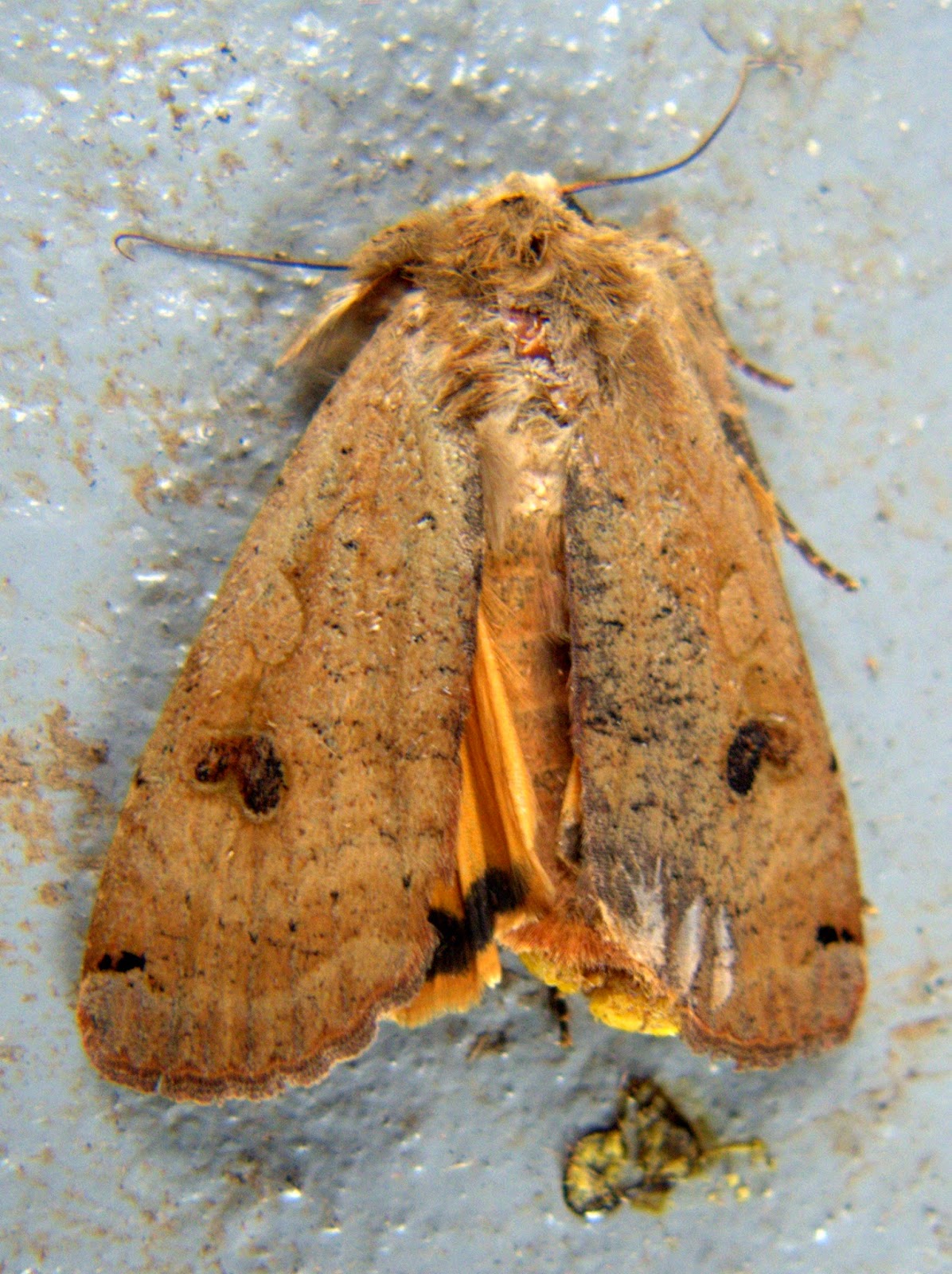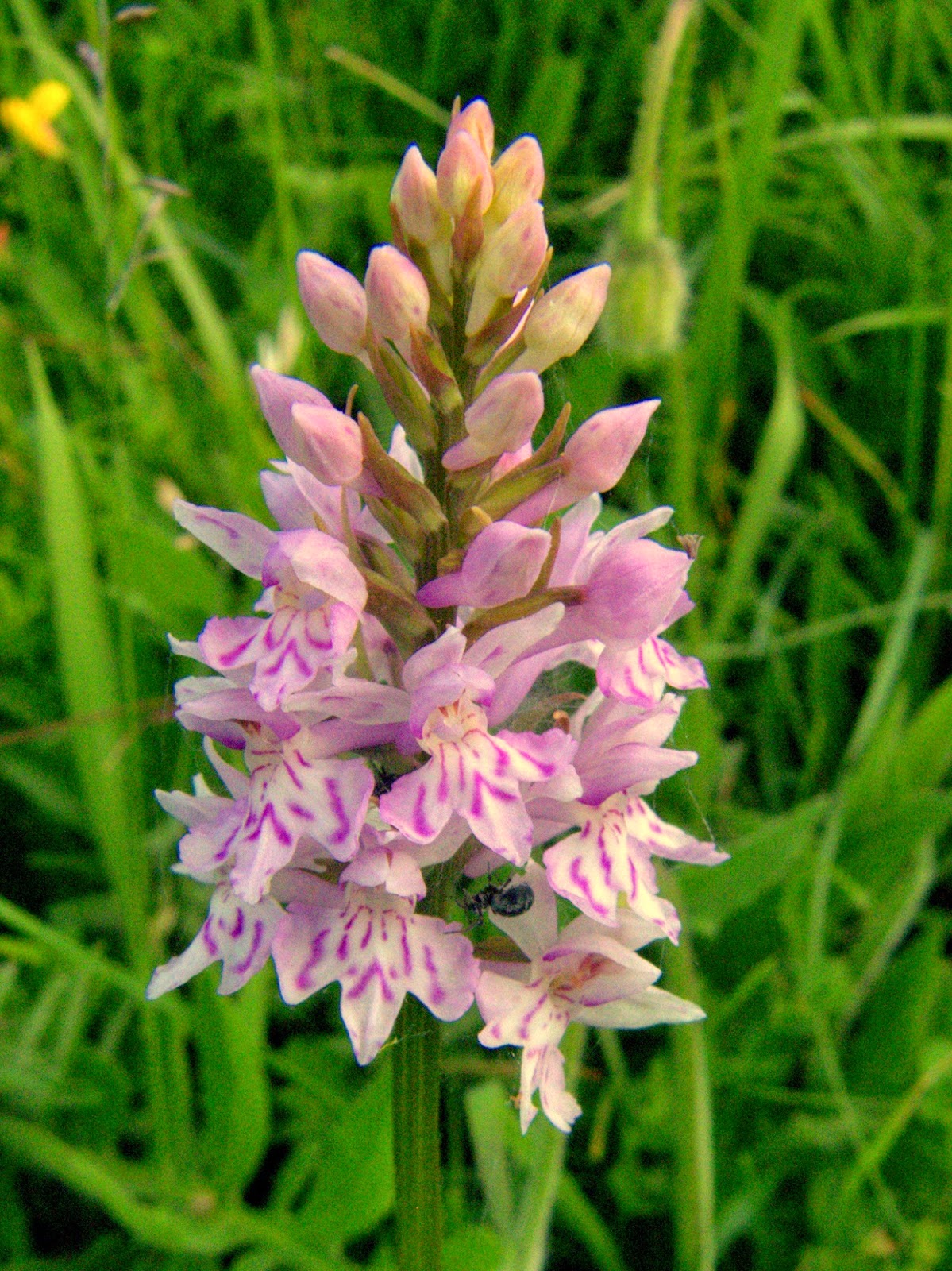On our ascent we spotted a Speckled wood butterfly and a Comma.
A Green-veined white enjoyed the warm sunshine
plus scores of Meadow browns.
Perhaps a dozen Dark green fritillary butterflies flew rapidly past and one settled just long enough to photograph.
Large skippers were flying in good numbers as we ate a picnic lunch;
plus a Cinnabar moth and caterpillar.
There are ponds on the top of the hill and we saw a Southern Hawker (below) nearby.
With Scabious flowers opening, six-spot burnet moths and unidentified flies were feasting on the nectar.
Although we failed to spot any Frog orchids, this was a great walk in near perfect weather.
It was a bit windy but that was perfect for the many para-gliders flying to the west of us.
Please click here for my walks site should you welcome a tailor-made lead walk in Sussex, Surrey or Kent.

































